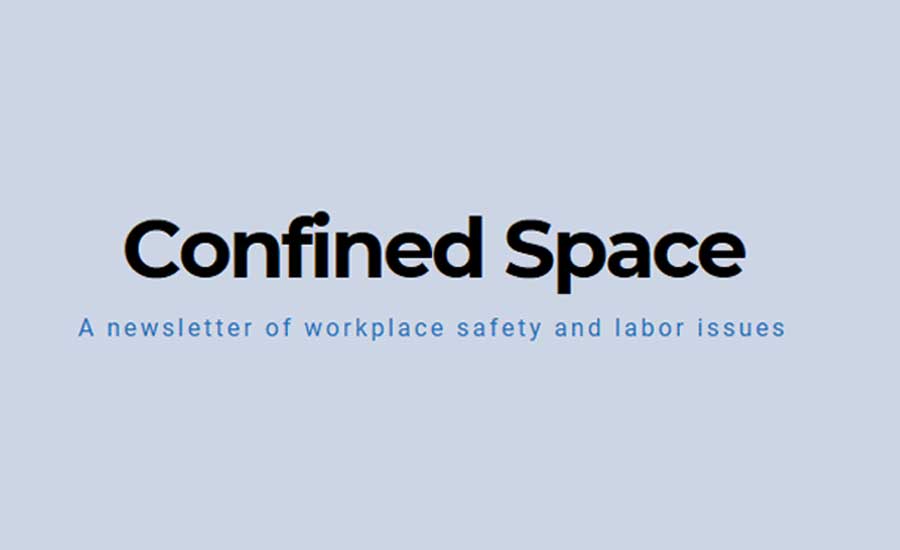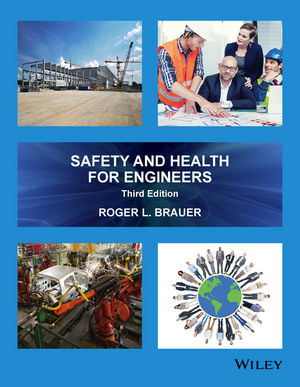Posted with permission from Confined Space, a newsletter of workplace safety and labor issues.
OSHA has fined Tower King II Inc. $12,934 for the death of three workers who were attempting to install a new antenna on a communications tower in Miami. This is the maximum fine for one serious citation. OSHA has no standard specifically targeted to cell tower worker safety and used the General Duty Clause, which requires employers to maintain a safe workplace and is used when there are no relevant OSHA standards.
Marcus Goffena, 31, from Sidney, Ohio, Brachton Barber, 23, of Longwood, Fla., and Benito Rodriguez, 35, of Tampa, Fla. were killed last September when a gin pole failed during an antenna installation project in Miami Springs, Fla. Brachton is the son of the owner of Tower King ll, Kevin Barber, and his wife, Shelly. The gin pole is like a scaffolding that allows for lifting of heavy weight up the side.
This raises several issues:
- Why was the fine so low? We don’t really know. First, OSHA standards are determined by what standards are violated (or the General Duty Clause, if there is no standard), not the number of workers injured or killed. Citing an employer under the General Duty Clause when there is no specific standard is always tricky. The General Duty Clause presents a greater burden than citing a specific standard.What about a willful citation? Again, citing willful is difficult. The Field Operations Manual states that in order to prove a willful violation, OSHA must prove that the employer has shown “either an intentional disregard for the requirements of the Act or a plain indifference to employee safety and health.” Again, often hard to prove without clear evidence of intentional disregard or plain indifference.Difficult, but not impossible. For example, other citations of communication tower fatalities have resulted in higher penalties. In 2014, after two employees of Wireless Horizon were killed when their gin pole failed, OSHA proposed penalties of $134,400 for two willful and four serious safety violations, and placed the company in the Severe Violator Enforcement Program. The company received two willful citations under OSHA’s material rigging standard, as well as two General Duty Clause citations.In that case, according to the OSHA press release:
OSHA’s investigation found that Wireless Horizon failed to inspect the wire rope slings prior to use and provide protection to the slings when rigged over sharp objects. These failures resulted in the issuance of two willful violations. A willful violation is one committed with intentional, knowing or voluntary disregard for the law’s requirements, or with plain indifference to worker safety and health.
Wireless Horizon also failed to conduct an engineering survey and develop a rigging plan prior to beginning the demolition process. Additionally, the company did not provide the technicians a load chart for the gin pole in use or operator manuals. OSHA issued four serious citations for these violations. A serious violation occurs when there is substantial probability that death or serious physical harm could result from a hazard about which the employer knew or should have known.
- Where is OSHA’s Communications Tower Standard? Probably more important than the fate of a single case is the fate of OSHA Communication Tower standard. A standard to protect communication tower workers was put on the regulatory agenda during the Obama administration after more communication tower workers were killed in 2013 than in the previous two years combined, and then Assistant Secretary David Michaels made tower safety a priority. A Request for Information was issued in 2015, starting the rulemaking process. Communication tower fatalities dropped after 2013, but began to rise again in 2016 and 2017.
The Trump administration announced in the FY 2019 budget proposal that this standard had the distinction of being the only major OSHA standard that was scheduled to move forward, with a small business review (SBREFA) panel to be scheduled during FY 2019 (October 1, 2018 – September 20, 2019.) A SBREFA panel and report is required before the agency issues a proposal, to discuss the impact of a potential standard on small businesses.
Now, I happen to know that this standard was ready for SBREFA at the end of the Obama administration, but other priorities (e.g. Silica and beryllium) got in the way of proceeding. So why it’s going to take the Trump administration this long just to get to SBREFA is a mystery.
In addition, one wonders what OSHA is going to do about Trump’s “One in/Two out” Executive Order which requires agencies to repeal two regulations for every new one it issues. Which workers will lose their workplace protections so that communications towers workers won’t continue to die in the workplace?
More Information
OSHA has a detailed website on communication tower safety, including a recent joint OSHA-FCC publication. OSHA issued a Communications Tower Directive in 2014. And to read about the hazards of cell tower work and how difficult it is to hold the main phone carriers responsible, check out this 2013 ProPublica article.
Click here to visit Confined Space.
Click here to donate to Confined Space.








